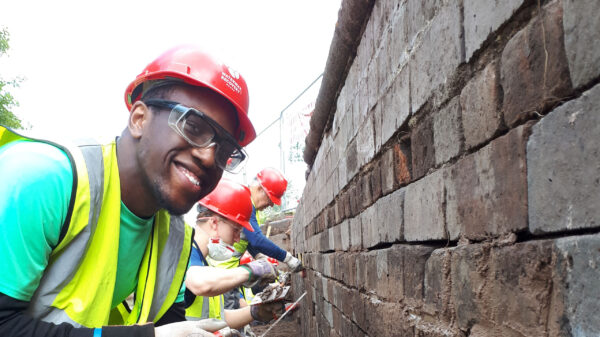Waterways > Somersetshire Coal Canal
Somersetshire Coal Canal
The Somersetshire Coal Canal was originally a very profitable canal, providing a means of transport for coal from the Somerset mines, and feeding traffic to the Kennet & Avon and Wilts & Berks canals.
Map showing the Somersetshire Coal Canal
From the Somerset mines to the Kennet & Avon Canal
The Somersetshire Coal Canal was originally a very profitable canal, providing a means of transport for the coal from the Somerset mines, and feeding traffic to the Kennet & Avon and Wilts & Berks canals. Only a very small portion of it now remains in water, at its junction with the Kennet & Avon Canal, where it is used as private moorings.
The canal had to pass over hilly ground and initially was designed to operate using three caissons rather than conventional locks. At the time a caisson lock, designed by Robert Weldon, was undergoing trials on the Shropshire Canal. It had the advantage of saving water, reducing the number of locks from twenty-two to three and speeding up the journey. One caisson lock was built at Combe Hay but proved to be unstable. Two others were planned but were not completed. As a result, an inclined plane was constructed as a temporary measure whilst 22 locks were built. The canal was opened in 1805.
By 1892 the trade was dying and the canal was closed in 1898. It was finally abandoned in 1904 when it was sold to The Great Western Railway.
Today some of these locks have been cleared and excavated and much of the stonework is now exposed.
The Somersetshire Coal Canal Society was formed in 1991 with the aim of preserving and conserving the canal. The Society has prevented the remains of the canal from disappearing and the society’s long-term aspiration is to restore the whole canal. In 2002, a £700,000 Heritage Lottery Fund grant enabled the restoration of the Grade II listed Midford Aqueduct, an important link between the two branches of the canal.
Waterway notes
Waterway underfunding
Hundreds of miles of waterways – along with their unique heritage and habitats – are currently starved of funding and rely on constant lobbying by us to safeguard their future.
Sustainable Boating
We want boating on canals and rivers to be more sustainable and – even though the current overall contribution to UK carbon emissions is very small – we want to help reduce emissions on the waterways.
Waterways Heritage at Risk
Britain’s canals and rivers are a unique, living heritage. But that heritage is at risk – from urban development, lack of protection, loss of skills and knowledge and climate change.
You can help Save Waterways Heritage.
Waterway restoration
Restoring the UK’s blue infrastructure – our inherited network of navigable canals and rivers – is good for people and places.


